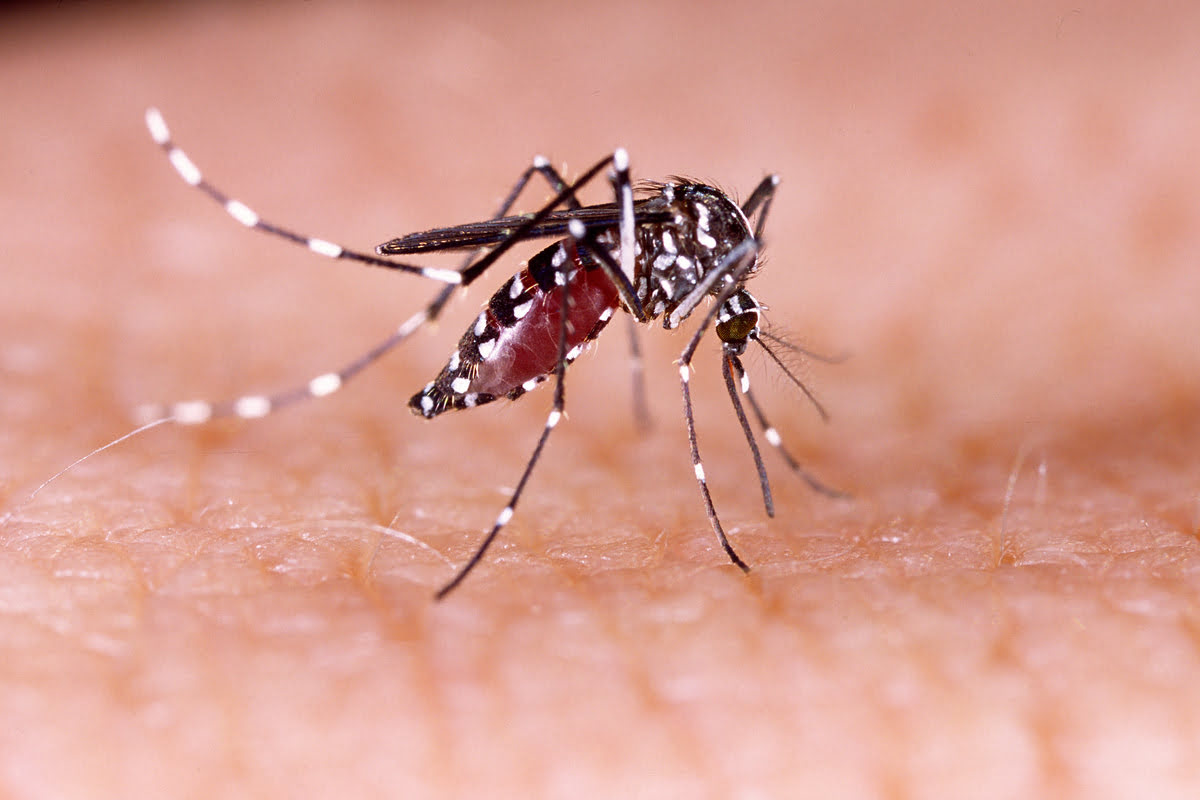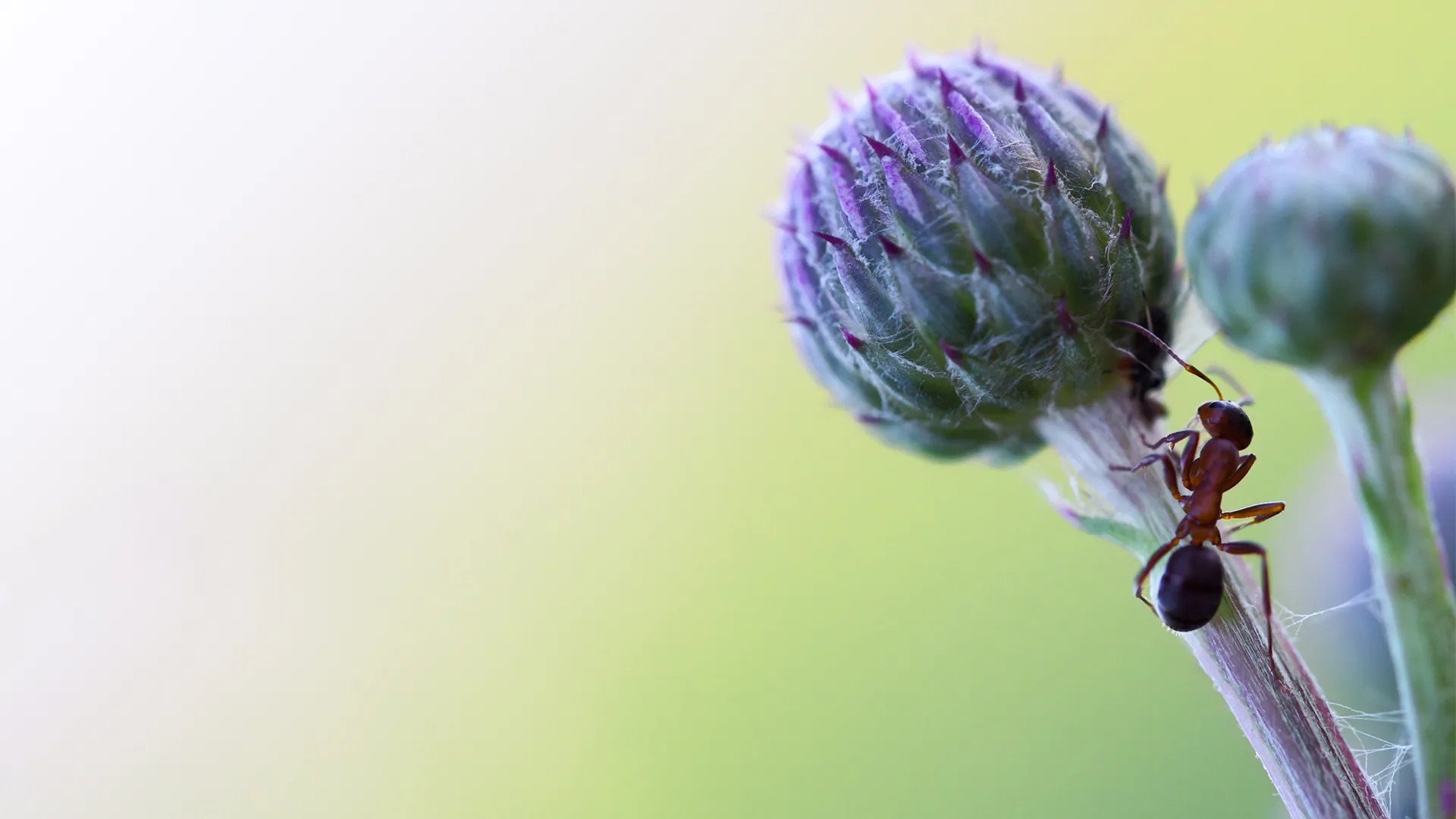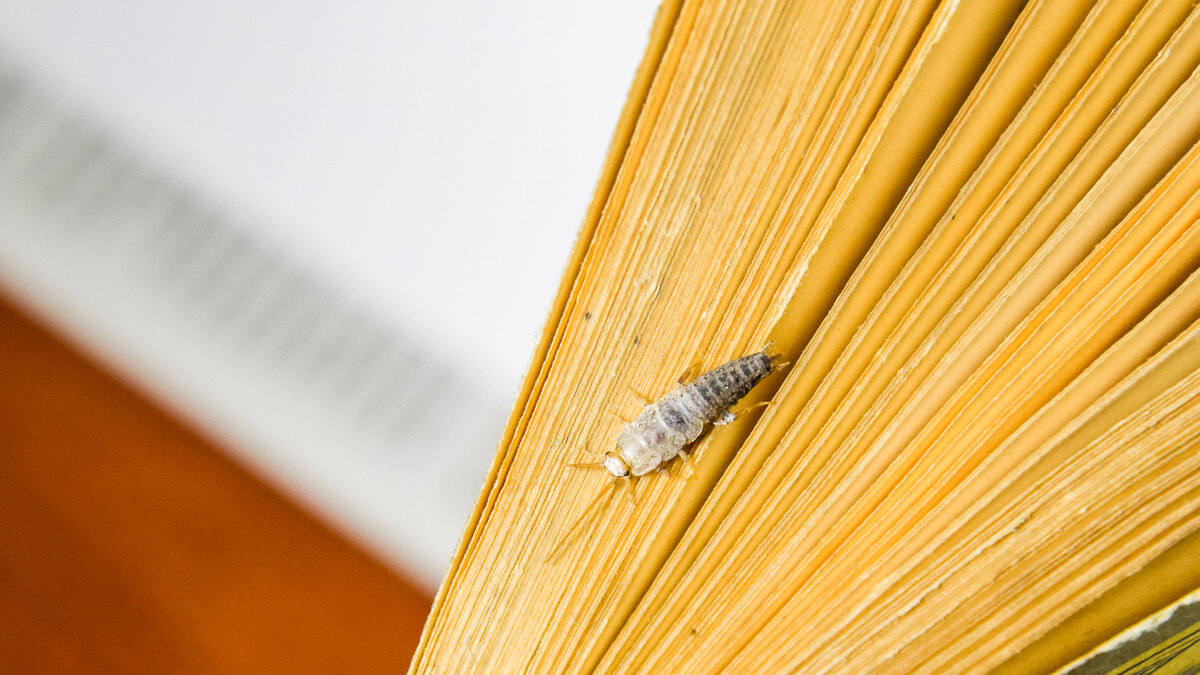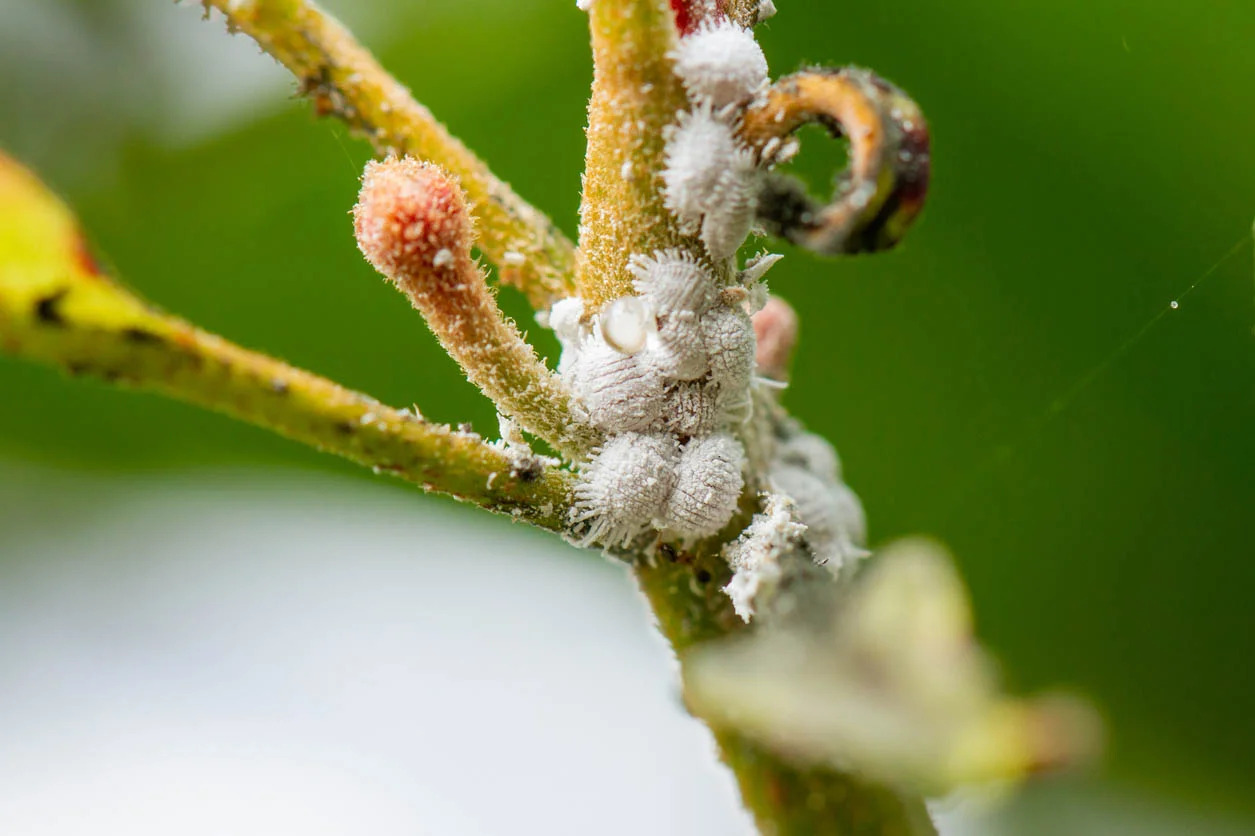Home>Gardening News and Trends>Latest News>What Insects Kill The Most People In The United States?
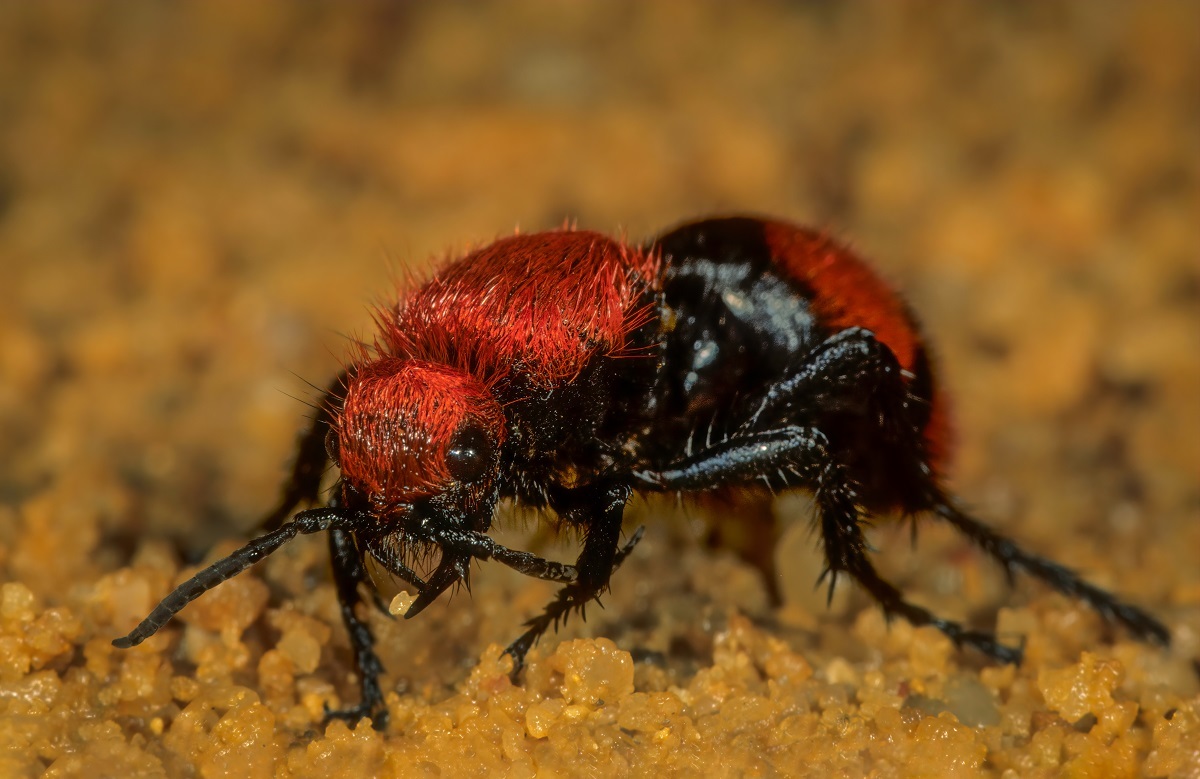

Latest News
What Insects Kill The Most People In The United States?
Modified: January 22, 2024
Discover the latest news on the insects that pose the greatest threat to human lives in the United States. Find out which insects are responsible for the highest number of fatalities.
(Many of the links in this article redirect to a specific reviewed product. Your purchase of these products through affiliate links helps to generate commission for Chicagolandgardening.com, at no extra cost. Learn more)
Table of Contents
Introduction
Welcome to the intriguing world of insects and other creepy crawlies. While some bugs may cause annoyance, there are a few that pose a significant threat to human life. In the United States, insects and arachnids are responsible for a considerable number of fatalities each year. Understanding which creatures are the deadliest can help us take necessary precautions and mitigate the risks.
In this article, we will delve into the world of lethal insects in the United States. From mosquitoes to scorpions, we will explore the statistics, traits, and dangers posed by these creatures. So, let’s strap on our knowledge hats and prepare for a journey through the most dangerous critters in our midst.
Before we embark on our insect-centric adventure, it is essential to note that many people across the country live harmoniously with these animals without any issues. The information provided here intends to highlight the potential risks rather than create excessive fear. By understanding the risks, we can take appropriate measures to protect ourselves and our loved ones.
Mosquitoes
Mosquitoes are infamous for their itchy bites and annoying buzzing sounds. However, they are much more than just a nuisance. These tiny insects are responsible for transmitting several deadly diseases, making them one of the most dangerous insects in the United States.
The primary threat posed by mosquitoes in the U.S. comes from the diseases they carry, with the most significant being West Nile virus, Eastern equine encephalitis (EEE), and Zika virus. According to the Centers for Disease Control and Prevention (CDC), there were over 2,500 cases of West Nile virus reported in 2019 alone, resulting in 167 deaths. Both EEE and Zika virus, while less common, can also have severe consequences, including neurological complications and birth defects.
It’s important to note that not all mosquitoes carry these diseases, and not every mosquito bite will result in an infection. However, taking preventive measures such as using mosquito repellents, wearing long sleeves and pants, and eliminating standing water sources can significantly reduce the risk of mosquito-borne illnesses.
Mosquitoes are most active during the warmer months, and their breeding grounds are often found in stagnant water sources, such as ponds, birdbaths, and puddles. By eliminating these breeding sites and implementing mosquito control measures, we can reduce the population and potential risks associated with mosquitoes.
To protect yourself from mosquito bites, especially in areas with known mosquito-borne diseases, it is advisable to use insect repellents containing DEET, picaridin, or oil of lemon eucalyptus. Additionally, consider installing window screens and using bed nets to keep mosquitoes out of your living spaces.
In summary, mosquitoes may be small, but their potential impact on human health is significant. By taking proactive steps to prevent mosquito bites and reduce their population, we can safeguard ourselves and minimize the spread of deadly diseases. Remember, prevention is key when it comes to dealing with mosquitoes and the diseases they carry.
Bees, Wasps, and Hornets
Bees, wasps, and hornets are commonly encountered insects, and while they play crucial roles in pollination, they can also pose a threat to human life. Although the majority of people may only experience mild discomfort from a bee or wasp sting, some individuals may have severe allergic reactions that can be life-threatening.
Most fatal incidents related to bees, wasps, and hornets occur due to allergic reactions. Anaphylaxis, a severe and potentially deadly allergic response, can result in difficulty breathing, swelling of the tongue and throat, and a drop in blood pressure. If left untreated, anaphylaxis can be fatal.
In the United States, an average of 62 people die each year from insect sting-related allergies, according to the American Academy of Allergy, Asthma & Immunology. Bees are responsible for the majority of these deaths, followed by wasps and hornets.
It is crucial to be cautious when encountering these insects and to understand how to react if stung. If you know you have an allergy to bee or wasp stings, it is advisable to carry an epinephrine auto-injector (commonly known as an EpiPen) and seek immediate medical attention if stung. Even for individuals without known allergies, it is essential to monitor for any signs of an allergic reaction after a sting.
To reduce the chances of a bee, wasp, or hornet sting, it is recommended to avoid wearing bright-colored clothing and strong perfumes, as these can attract these insects. Additionally, be cautious when near their nests and avoid swatting or making sudden movements that may provoke them.
If you do get stung, gently scrape the stinger off the skin instead of pulling it out to avoid squeezing more venom into the wound. Clean the area with soap and water and apply ice or a cold compress to reduce swelling. If symptoms worsen or you experience signs of an allergic reaction, seek immediate medical attention.
Remember, most bees, wasps, and hornets do not sting unless they feel threatened. By remaining calm, staying vigilant, and taking necessary precautions, we can coexist with these insects while minimizing the risk of severe allergic reactions.
Spiders
Spiders are a common fear for many people, but the truth is that most spiders are harmless and even beneficial for controlling other insect populations. However, there are a few species of spiders in the United States that can pose a threat to human health.
One of the most notorious spiders is the black widow spider. Found in different parts of the country, the female black widow is distinguished by its shiny black body with a red hourglass-shaped marking on its abdomen. The venom of a black widow is neurotoxic and can cause severe symptoms such as muscle pain, abdominal pain, sweating, and even respiratory distress. While deaths from black widow bites are rare, medical attention should be sought immediately if bitten.
Another spider of concern is the brown recluse spider. Found primarily in the Midwest and Southern United States, the brown recluse has a venomous bite that can cause a necrotic skin lesion. It is important to note that bites from brown recluse spiders are infrequent, and most result in mild symptoms. However, in some cases, the bite can lead to tissue death and require medical treatment.
To prevent unwanted encounters with spiders, it is advisable to carefully inspect and shake out any clothing or shoes before putting them on, especially in areas where spiders are commonly found, like basements or wood piles. Keeping your home clean and clutter-free can also help reduce the chances of spider infestations.
If you come across a spider, it is best to avoid touching it and to keep a safe distance. Spiders usually bite only when they feel threatened, so giving them space is key.
While it’s natural to have concerns about spiders, it’s important to remember that most species are harmless and play a beneficial role in the ecosystem. By understanding which spiders to be cautious of and taking preventive measures, we can coexist with these creatures without unnecessary fear.
Ticks
Ticks are small arachnids that are known for transmitting diseases to humans and animals. In the United States, tick-borne diseases are a significant concern in certain regions, particularly during warmer months when outdoor activities are more common.
One of the most well-known diseases transmitted by ticks is Lyme disease. Caused by bacteria carried by deer ticks, Lyme disease can cause a range of symptoms, including fever, fatigue, joint pain, and in some cases, neurological problems. According to the Centers for Disease Control and Prevention (CDC), there are an estimated 300,000 cases of Lyme disease reported in the United States each year.
In addition to Lyme disease, ticks can also transmit other diseases such as Rocky Mountain spotted fever, babesiosis, and anaplasmosis. The prevalence of these diseases varies depending on the region and the specific type of tick involved.
Prevention is key when it comes to dealing with ticks. When spending time outdoors in areas where ticks are prevalent, it is essential to take precautions such as wearing long sleeves and pants, using insect repellents containing DEET, and conducting thorough tick checks after being in grassy or wooded areas. Tucking pants into socks and wearing light-colored clothing can also help make ticks more visible.
If you find a tick on your body, it is important to remove it carefully and as soon as possible. Using fine-tipped tweezers, grasp the tick as close to the skin’s surface as possible and pull upward with steady, even pressure. Avoid twisting or jerking the tick, as this may cause the mouthparts to break off and remain embedded in the skin. Clean the bite area with rubbing alcohol or soap and water after removal.
If you develop symptoms such as a rash, fever, or body aches after a tick bite, it is essential to seek medical attention promptly. Early detection and treatment of tick-borne diseases can greatly reduce the risk of complications.
By being aware of the risks associated with ticks and taking preventive measures, we can enjoy outdoor activities while minimizing the chances of contracting tick-borne illnesses. Remember to stay vigilant and take necessary precautions to protect yourself and your loved ones.
Fire Ants
Fire ants are small reddish-brown ants known for their aggressive behavior and painful stings. Originally from South America, these ants have become a significant concern in certain parts of the United States, particularly in the Southeast region.
Fire ant stings can cause a range of reactions, from mild irritation and discomfort to severe allergic reactions in some individuals. The ants’ venom contains alkaloids that can cause intense pain, itching, swelling, and the formation of pus-filled blisters.
While most people will only experience localized reactions to fire ant stings, some individuals may develop a more severe allergic reaction known as anaphylaxis. Signs of anaphylaxis include difficulty breathing, rapid heartbeat, dizziness, and swelling of the face, tongue, or throat. If someone exhibits these symptoms after a fire ant bite, it is crucial to seek immediate medical attention.
Preventing fire ant bites can be challenging, as they build large mounds in open areas and are often aggressive when disturbed. However, there are a few steps you can take to minimize the risk of encounters with fire ants. When spending time outdoors in fire ant infested areas, it is advisable to wear closed-toe shoes and protective clothing, and to avoid stepping or sitting on ant mounds. Additionally, using insect repellents and regularly inspecting outdoor play areas can help reduce the chances of fire ant bites.
If you are bitten by fire ants, it is essential to remain calm and resist the urge to scratch or pop any blisters that may form. Washing the affected area with soap and water can help reduce the risk of infection. Over-the-counter creams or antihistamines may provide relief from itching and discomfort. However, if you experience severe symptoms or an allergic reaction, seek medical assistance.
Fire ants are a persistent problem in certain regions, and long-term control requires professional pest management services. Working with experts can help eliminate fire ant colonies and minimize the risk of bites and allergic reactions.
By being aware of the dangers posed by fire ants and taking necessary precautions, we can reduce the risk of painful stings and potential complications. Stay vigilant, especially in areas where fire ants are prevalent, and take steps to protect yourself and those around you.
Caterpillars
Caterpillars are the larval stage of butterflies and moths, and while most of them are harmless, there are a few species in the United States that can cause skin irritation and health problems.
One of the most infamous caterpillars is the puss caterpillar, also known as the asp caterpillar or the southern flannel moth. Found primarily in the southern states, the puss caterpillar is covered in dense, hair-like spines that release venom upon contact. If touched, these spines can cause a painful reaction, including intense burning, swelling, and itching at the site of contact. In some cases, individuals may experience systemic symptoms such as fever, nausea, and headache. If stung, it is important to remove any spines left on the skin and seek medical attention if symptoms persist or worsen.
Another caterpillar of concern is the gypsy moth caterpillar. While the primary concern with gypsy moth caterpillars is not their direct impact on humans, their large populations can cause defoliation of trees and impact forest ecosystems. The hairs on the gypsy moth caterpillar can cause skin rashes and respiratory irritation in some individuals, similar to an allergic reaction.
Preventing contact with caterpillars can be challenging as they are often found in trees, shrubs, or on plants in outdoor areas. It is wise to avoid touching or handling caterpillars, especially if they are unfamiliar or have distinct markings or spines. Wearing protective clothing, such as long sleeves and gloves, when gardening or exploring wooded areas can also minimize the risk of inadvertent contact.
If you or someone you know comes into contact with a caterpillar and experiences symptoms, wash the affected area with soap and water. Applying a cold compress may also help reduce any pain or swelling. If symptoms persist or seem to be severe, seek medical attention for further evaluation and treatment.
Although the majority of caterpillars are harmless and contribute to the beauty of nature, it is essential to be cautious and aware of potential risks when encountering unfamiliar or potentially harmful species. By taking necessary precautions and avoiding direct contact, we can coexist with caterpillars and minimize the chances of skin irritations or health issues.
Scorpions
Scorpions are fascinating arachnids known for their intimidating appearance and venomous stings. In the United States, scorpions can be found in various regions, primarily in arid and desert areas. While most scorpion species are not dangerous to humans, a few can deliver venomous stings that may cause significant discomfort and medical complications.
One of the most notorious scorpion species in the United States is the Arizona bark scorpion, commonly found in the southwestern states. This species possesses venom that can cause severe pain, numbness, and tingling at the site of the sting. In some cases, more severe reactions, such as muscle twitching, difficulty breathing, or even convulsions, may occur. Children, the elderly, or individuals with compromised immune systems face a higher risk of experiencing severe symptoms.
Preventing scorpion stings involves taking precautions in areas where scorpions are prevalent. Keeping homes and yards free of clutter, sealing cracks and gaps in walls and doors, and shaking out clothing and shoes before wearing them can help reduce the chances of encountering scorpions. Bed nets and using insecticide treatments can provide additional protection, especially in areas with a high scorpion population.
If you are stung by a scorpion, it is important to remain calm. Clean the area with mild soap and water, and apply a cold compress to reduce swelling. Over-the-counter pain relievers can help alleviate discomfort. Seek medical attention if you experience severe symptoms, such as an allergic reaction or intense pain that persists or worsens over time.
It is worth noting that scorpion bites are relatively rare, and most scorpion species are not life-threatening to humans. However, it is essential to exercise caution, particularly in areas known to have venomous scorpion populations. By taking preventive measures and knowing how to react in the event of a sting, we can minimize the risks associated with scorpions and enjoy the outdoors safely.
Snakes
Snakes are fascinating creatures that elicit a range of emotions from people, often including fear and respect. While the majority of snake species in the United States are non-venomous and pose no significant threat to humans, it is important to be cautious around snakes and understand how to respond in case of an encounter with a venomous species.
In the United States, there are several species of venomous snakes, including rattlesnakes, copperheads, and cottonmouths (also known as water moccasins). These snakes have venom that can cause a variety of symptoms, ranging from pain and swelling at the site of a bite to more severe systemic effects, such as difficulty breathing and organ damage.
To minimize the risk of snake encounters, it is crucial to be aware of your surroundings and take precautions when spending time outdoors, particularly in areas where snakes are known to be present. Use designated trails or well-cleared paths, and avoid walking through tall grass or underbrush where snakes may hide. Staying away from rock crevices, fallen logs, and other potential snake hiding spots is also advisable.
If you come across a snake, it is important to keep your distance and give the snake space to retreat. Most snakes will try to avoid confrontation and will only bite if they feel threatened or cornered. Do not attempt to handle or capture the snake, as this increases the risk of getting bitten.
In the event of a snake bite, it is crucial to seek immediate medical attention. Do not apply a tourniquet or try to suck out the venom, as these methods are ineffective and can potentially worsen the situation. Keep calm and try to remember the snake’s appearance to help medical professionals identify the appropriate antivenom.
It is worth noting that snake bites are relatively rare, and most snake encounters do not result in a bite. By being cautious, respectful, and understanding of snakes, we can coexist with these creatures and appreciate their role in the ecosystem.
Education and awareness are key when it comes to snake encounters. Understanding the different species, their habitats, and taking necessary precautions can help mitigate the risks associated with venomous snakes. Remember, snakes play an important role in maintaining the balance of nature, so let’s ensure our coexistence is one of mutual respect and safety.
Conclusion
As we conclude our exploration into the danger posed by various insects and creatures in the United States, it becomes evident that while some of these creatures may instill fear or unease, it is crucial to approach the topic with a balanced perspective.
Understanding the risks associated with insects such as mosquitoes, bees, wasps, hornets, spiders, ticks, fire ants, caterpillars, scorpions, and snakes allows us to take appropriate precautions and minimize the potential harm they can cause. By being aware of their habitats, behaviors, and the signs of potential danger, we can reduce the likelihood of negative encounters.
It’s important to remember that while these creatures can be dangerous, the majority of interactions with them are harmless. It is essential not to develop an irrational fear or paranoia towards them but rather to approach them with respectful caution and knowledge. Education and awareness are vital in helping us coexist with these creatures and appreciate their role in the ecosystem.
Taking preventive measures, such as using insect repellents, wearing protective clothing, conducting regular checks, and keeping living spaces clean and clutter-free, can significantly reduce the risks associated with various insects. Understanding how to respond in case of encounters or bites/stings is also crucial in ensuring the best possible outcome.
Ultimately, the goal is not to eliminate these creatures entirely but rather to navigate our surroundings safely and with minimal impact on their habitats. By respecting their space and being mindful of their presence, we can striking a balance between our own safety and the preservation of the natural world.
Remember, knowledge is power when it comes to dealing with potentially dangerous insects and creatures. By staying informed and taking necessary precautions, we can protect ourselves and coexist harmoniously with the diverse wildlife around us.


